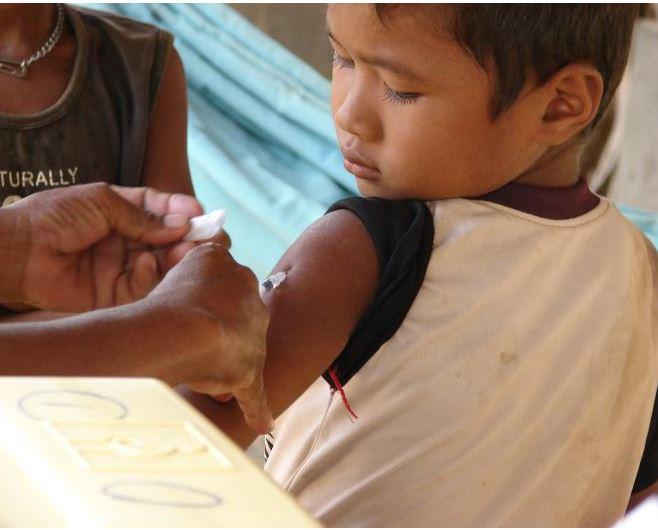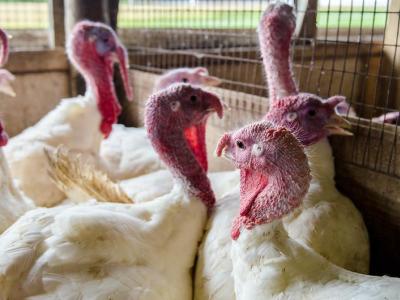A total of 14,451 measles cases were reported to the European Surveillance System from 30 countries across the European Union (EU) in 2017, more than triple 2016's case count of 4,643.
The figures come from data collected by the European Centre for Disease Prevention and Control (ECDC). According to data from the World Health Organization's (WHO's) European Region (which includes non-EU states), 2017 and the first part of 2018 have seen 17,584 measles cases, according to a report last week from the Pan American Health Organization (PAHO).
In other measles news, a new study shows early childhood measles vaccination in sub-Saharan Africa is tied to lower childhood death.
Large regional outbreaks
The ECDC said a number of large regional outbreaks have contributed to the high case count. And some of the outbreaks, such as in France, Great Britain, and Sweden, are still ongoing, the ECDC said. From Jan 1, 2016, through Feb 2, 2018, Romania has confirmed 10,623 cases and counting.
Since the beginning of 2016, 50 people in the EU have died from measles. Thirty-seven of those deaths occurred since January 2017, and 15 have been in Romania alone, according to the PAHO report.
Although measles is associated with childhood diseases, 45% of the EU cases last year involved patients age 15 or older.
"However, the highest incidence of cases was reported in infants below one year of age—those most at risk of severe complications and deaths—and too young to have received the first dose of the vaccine," the ECDC said.
The ECDC said suboptimal vaccine coverage was to blame for the vast majority of cases. Among cases with known vaccination status, 87% were unvaccinated at the time of infection.
To reach measles elimination, 95% of a population needs to be covered with two doses of the measles, mumps, rubella (MMR) vaccine. In 2016, the WHO said that only 20 out of 27 EU countries surveyed had met that goal.
Vaccination tied to lower childhood death
A study published today in the open-access journal Frontiers in Public Health, meanwhile,says that early childhood measles vaccination was linked to increased childhood survival rates in boys.
The study was conducted in Ghana using pediatric data from 1996 through 2012 and showed that the timing of the MMR immunization can reduce childhood mortality rates in countries with low socioeconomic status.
Survival rates for measles-vaccinated children increased by 28% in the first 12 months of follow-up and 18% by 5 years of age, when the measles vaccine (MV) was administered after the diphtheria and tetanus vaccine, as the last in a series of childhood immunizations. Even when children who died from measles were removed from the data set, the protective effect of the MV was still present.
Interestingly, this phenomenon was seen only in boys. Unvaccinated boys had a 69% higher risk of dying during 1 year of follow-up and a 43% higher mortality rate when followed until 5 years of age. There were no significant differences in mortality seen between vaccinated and unvaccinated girls.
The authors suggest the vaccine, in addition to preventing measles, may train a child's immune system to be stronger.
"It is important to test the effect of MV and other routine vaccines on all-cause mortality in randomized trials," the authors concluded. "Measles infection may be eliminated in the near future, and measles vaccination may be de-emphasized. We should continue to vaccinate with MV because of its beneficial effect in improving child survival."
See also:
Feb 9 ECDC report
Feb 6 PAHO report
Feb 12 Front Public Health study


















